Exploring Poland by car? Knowing the countrys road signs and markings will help you drive with confidence and safety on Polish roads.
Poland follows the Vienna Convention on Road Signs and Signals, so its signage is generally consistent with European standards. If you’re already used to EU signs, many will look familiar – but some local differences are worth noting.
Here’s a quick overview of the shapes and colours of Polish road signs:
- Red and white triangular signs warn of hazards (e.g. sharp turns, pedestrian crossings, animal crossings, or roadworks).
- Red and white circular signs show prohibitions or restrictions (e.g. speed limits, vehicle type bans, weight limits).
- Blue circular signs indicate mandatory instructions (e.g. direction of travel, turn left, keep right).
- Square or rectangular signs provide information (e.g. motorway directions, tourist sites, rest areas, or services).
Essential Polish Road Signs
| Speed Limit | Stop | Toll Roads |
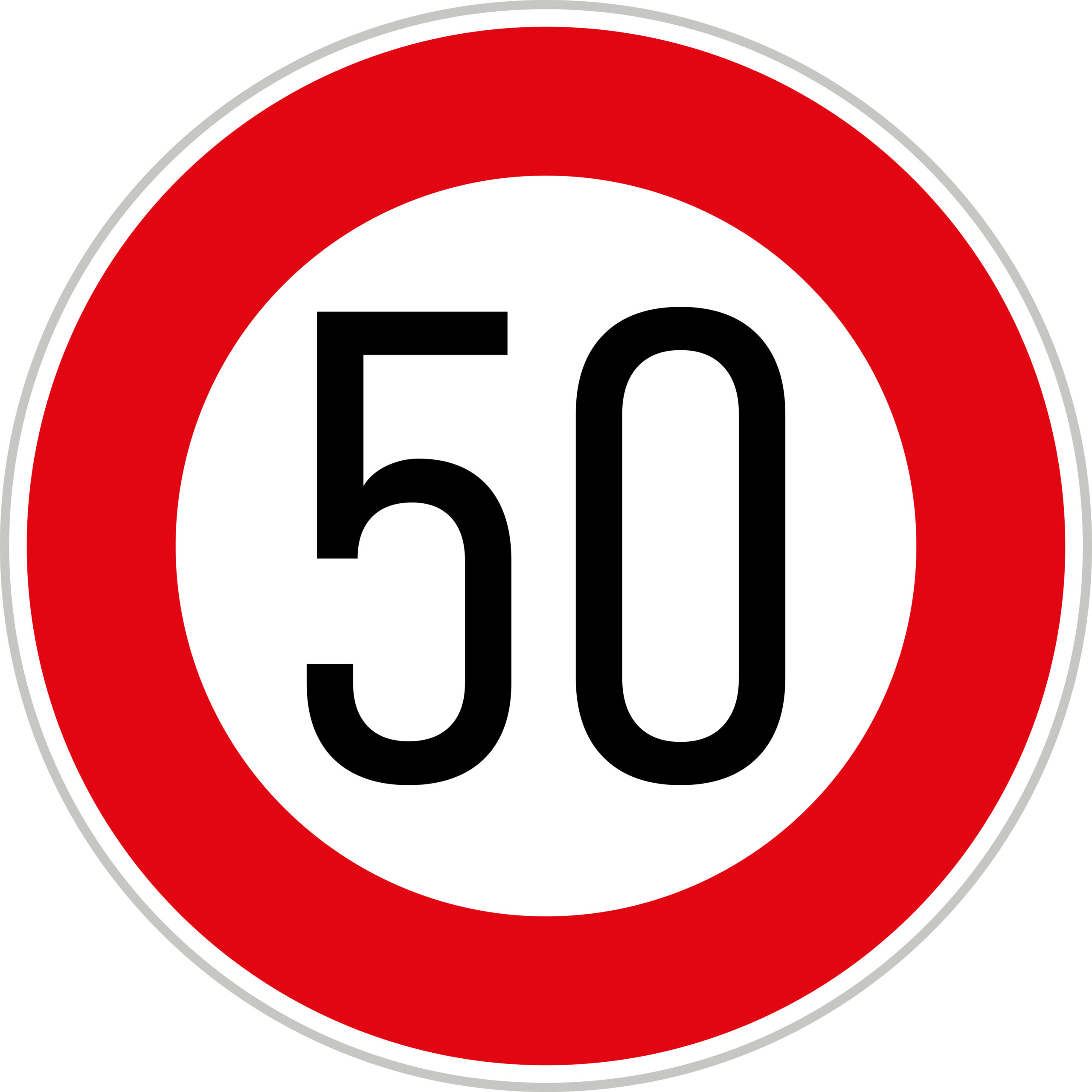 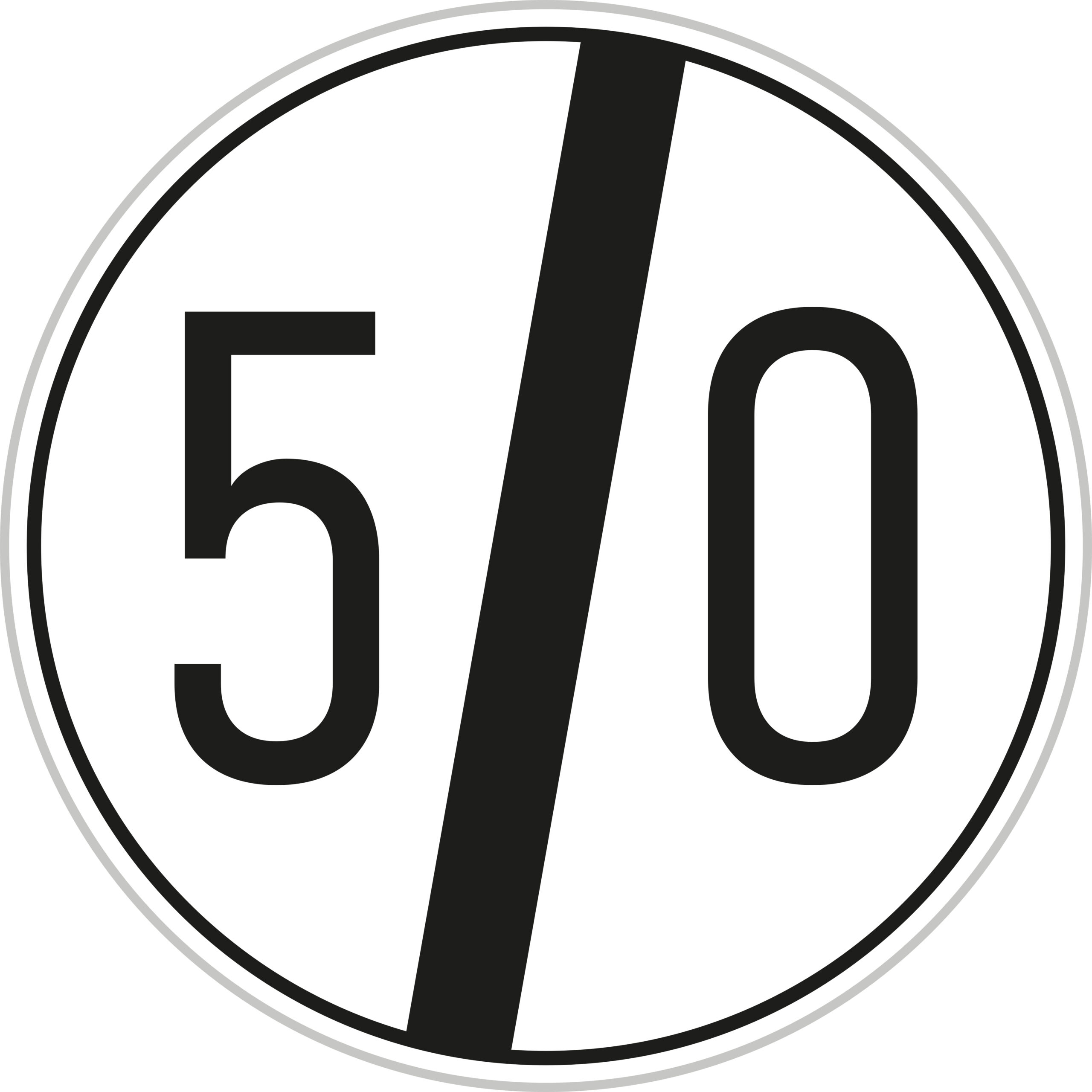 | 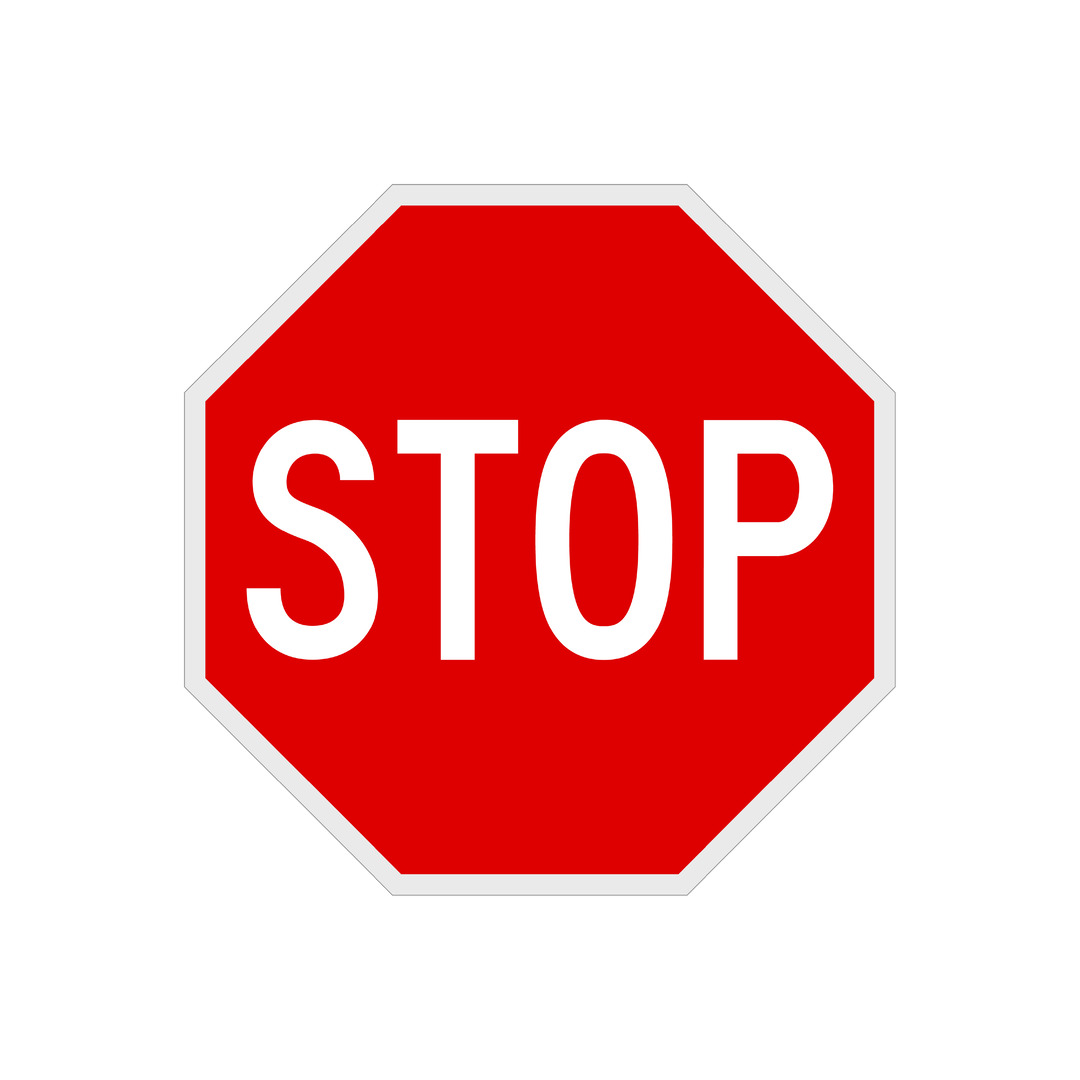 |  |
| Polish speed limits are shown in km/h inside a red circle. Limits vary: 50 km/h in towns, 90 km/h outside built-up areas, 120 km/h on expressways, and 140 km/h on motorways. A grey-and-white sign cancels the last speed restriction, meaning the default national limits apply. | The red octagonal STOP sign is universally recognised and requires a complete stop at junctions where it is placed. | A blue rectangular sign with the word “płatna” (meaning “toll” or “paid”) indicates that the road ahead requires a toll payment. |
| No Parking/No Stopping | One Way | Priority Road Starts/Ends |
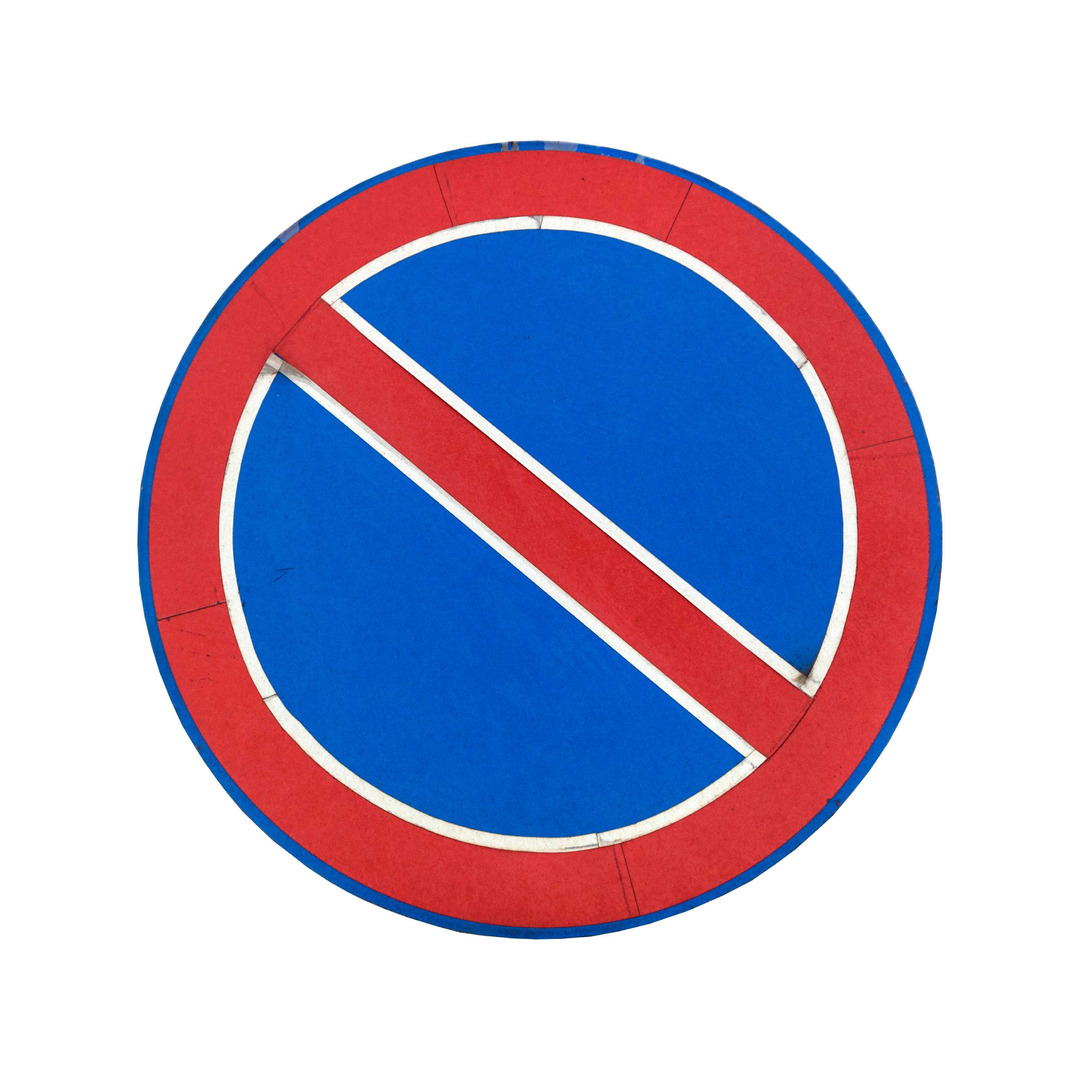 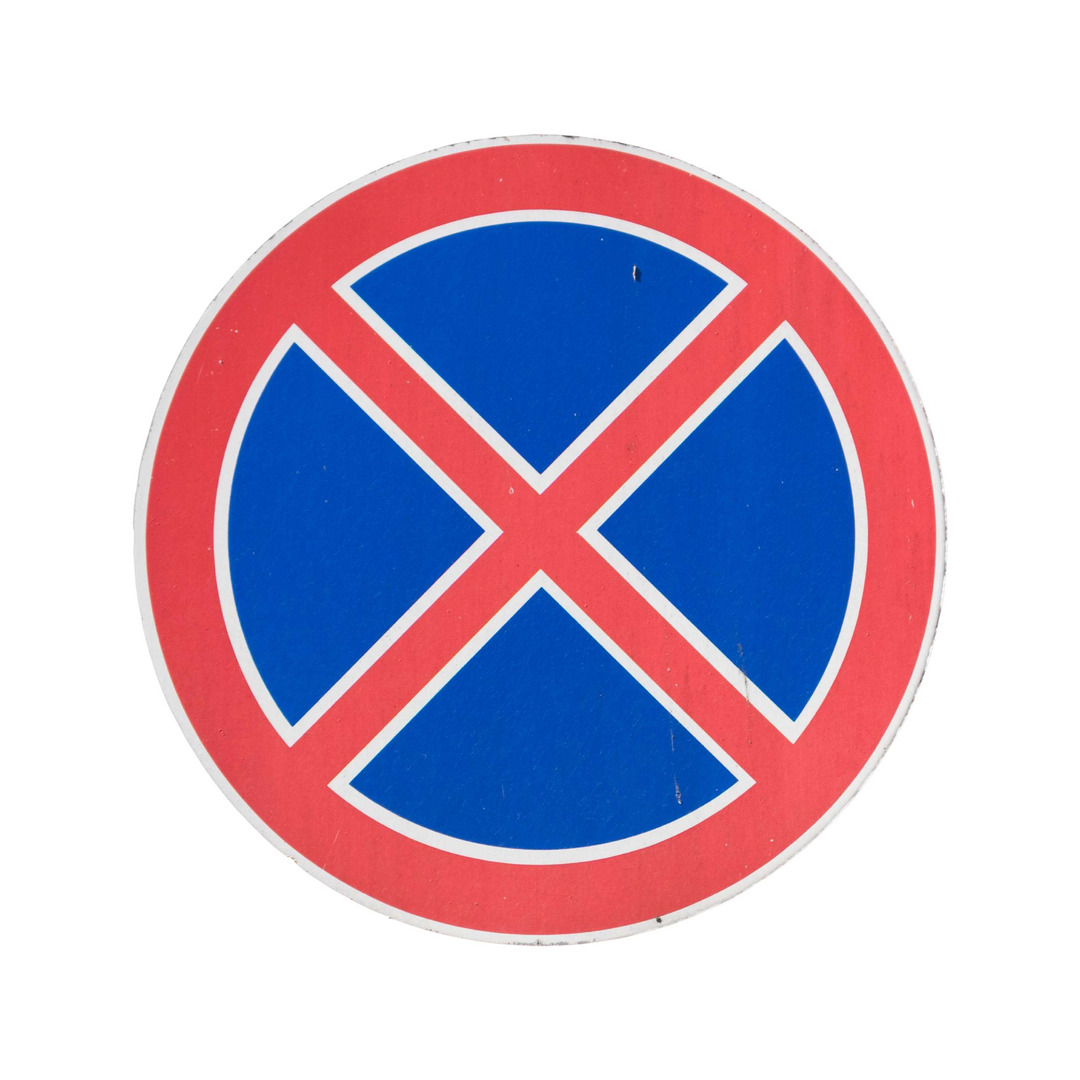 | 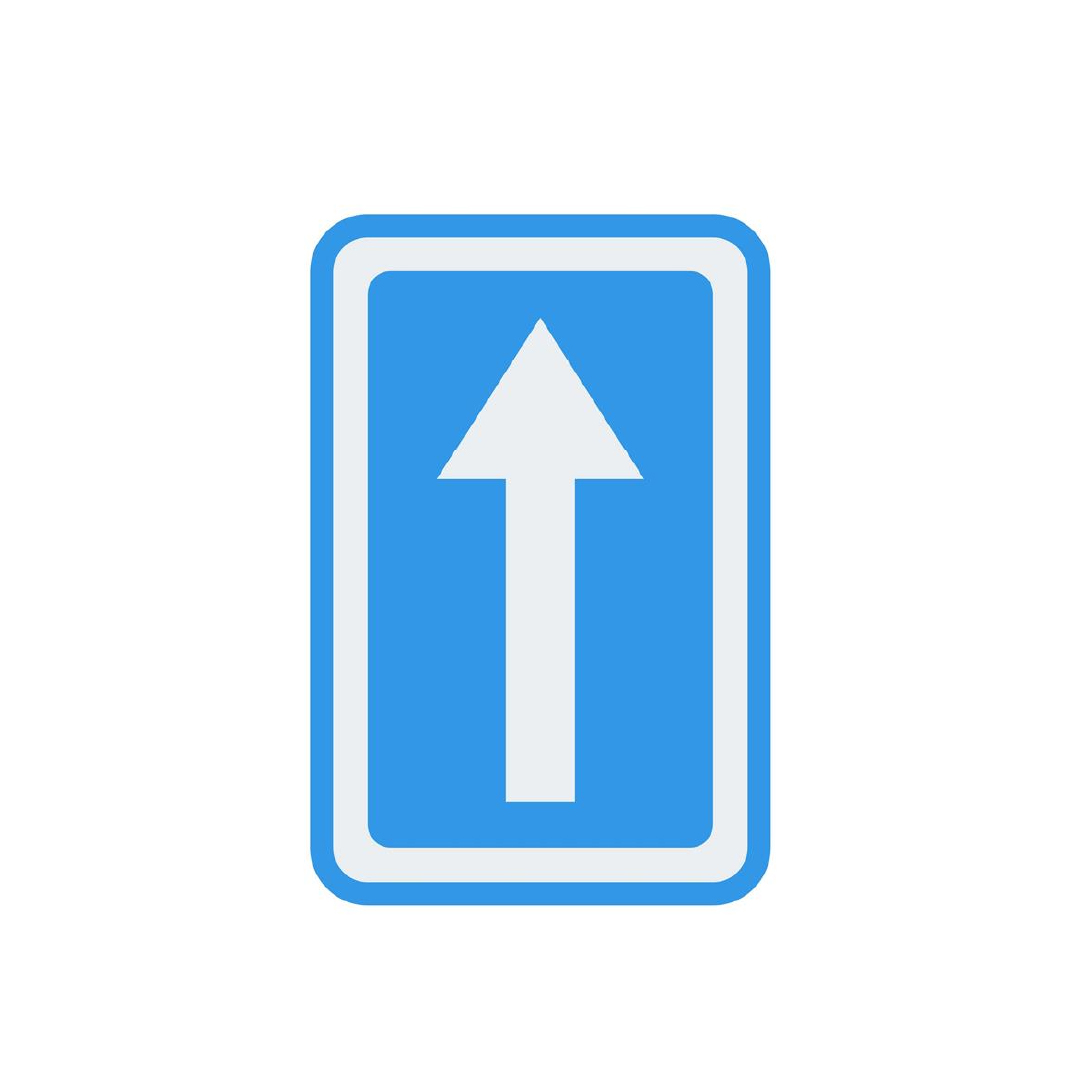 | 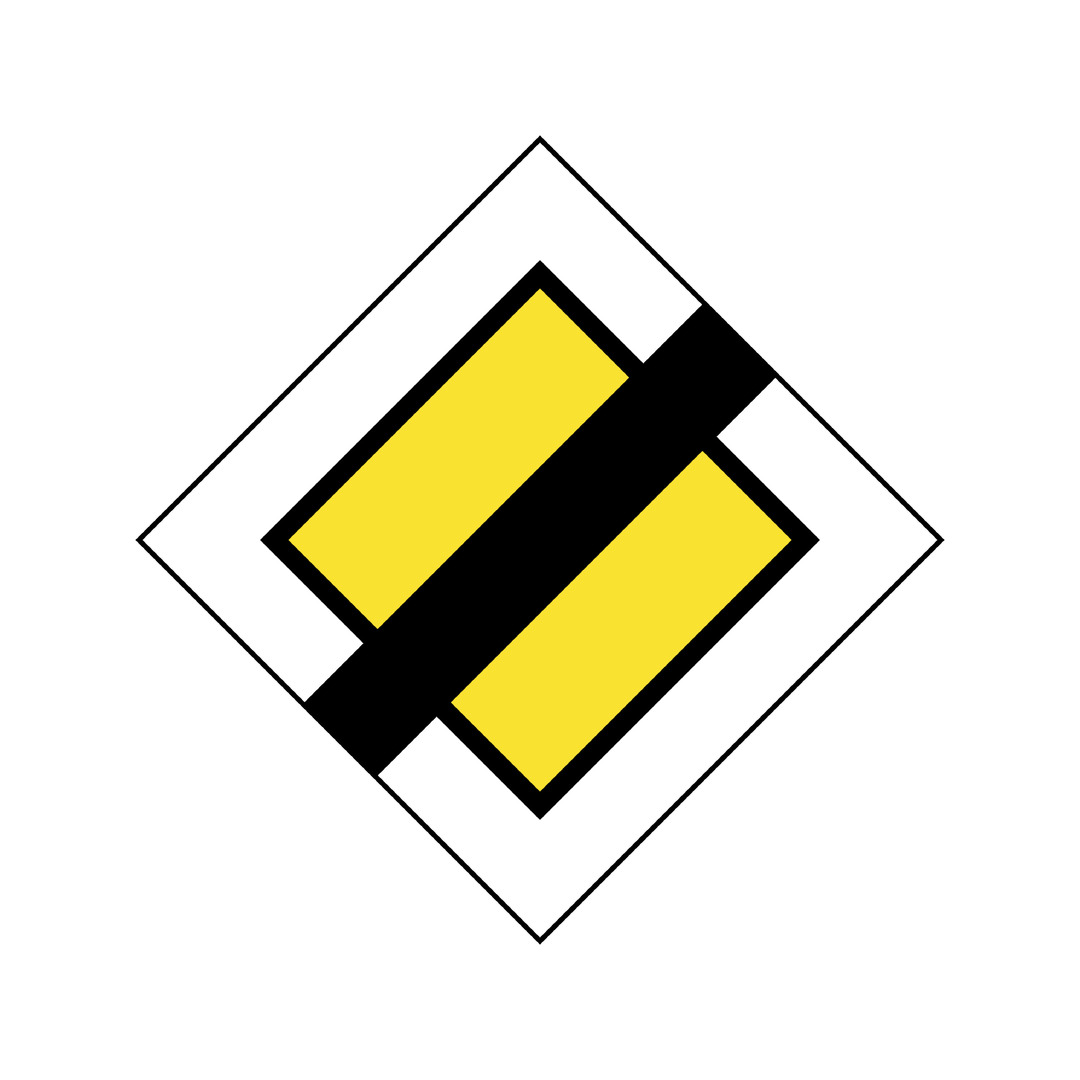 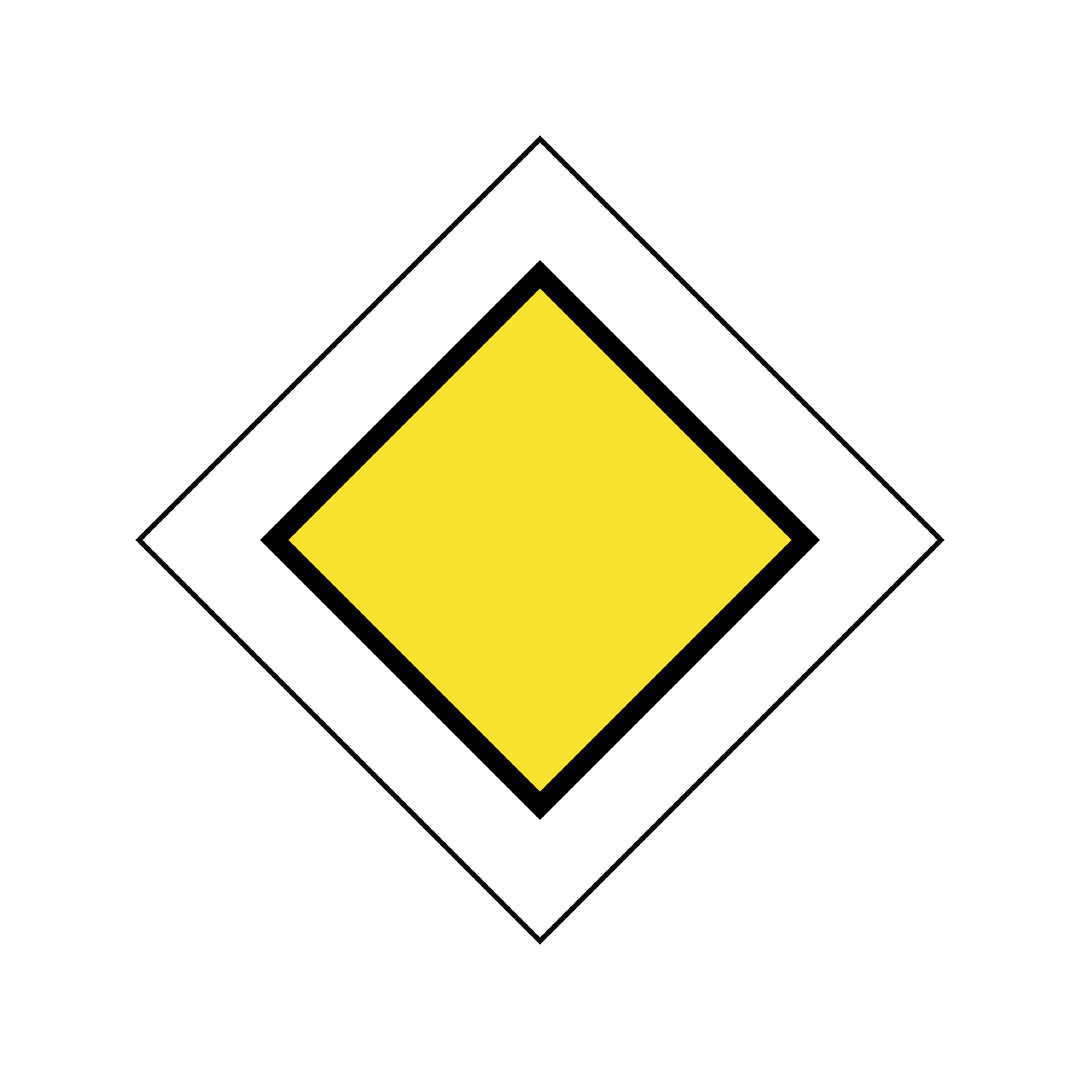 |
| A circular blue sign with a red border and diagonal stripe means ‘No Parking’. A similar sign with a cross means ‘No Stopping’. | A blue rectangular sign with a white arrow indicates a one-way street. | A yellow diamond indicates a priority road. A similar sign with a black diagonal line marks the end of the priority road. |
| No Entry | Pedestrian Crossing | Residential Zone (Strefa zamieszkania) | Wild Animal Crossing |
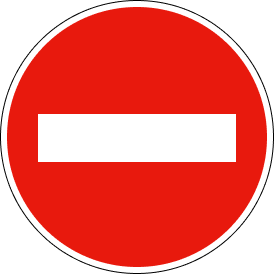 | 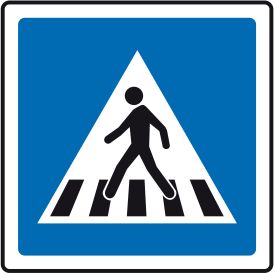 |  | 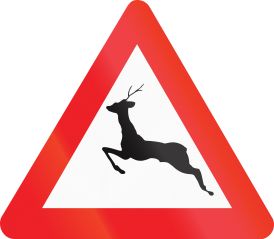 |
| The classic red circle with a white horizontal bar means ‘No Entry’ for vehicles. | A blue sign with a pedestrian symbol indicates a zebra crossing ahead. Vehicles must stop for pedestrians. | The blue ‘Strefa zamieszkania’ sign marks a residential zone where pedestrians have priority and the speed limit is 20 km/h. The version with a diagonal red line indicates the end of this zone. | A triangular warning sign with a deer or wild boar warns drivers of frequent animal crossings, especially in forests and rural areas. |
Polish Road Markings
Polish road markings follow European standards, with some local rules:
- Solid white line: Separates lanes or marks the road edge. Crossing is prohibited.
- Dashed white line: Separates lanes; crossing is allowed if safe. Shorter dashes warn of an upcoming solid line.
- Solid yellow line: Painted along the curb or roadside, indicating no stopping or parking.
- Zigzag yellow line: Marks areas where stopping is strictly prohibited, often near pedestrian crossings.
- Broken yellow line: Indicates temporary restrictions, such as during roadworks.
There will be special designated lanes for buses, trams, bicycles and emergency vehicles which will be clearly marked. Driving in these without authorisation can result in fines.
Final Thoughts
For added peace of mind while driving in Poland, it’s worth considering a car hire excess insurance policy. This cover protects you from high excess charges if your rental vehicle is damaged or stolen, meaning you can explore Poland’s roads with confidence and without worrying about unexpected costs.



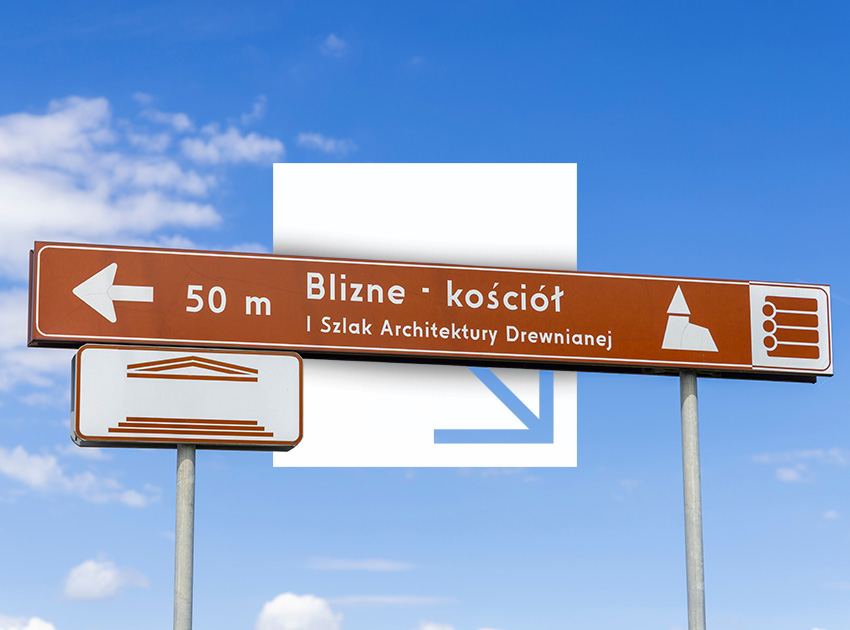
Comments are closed